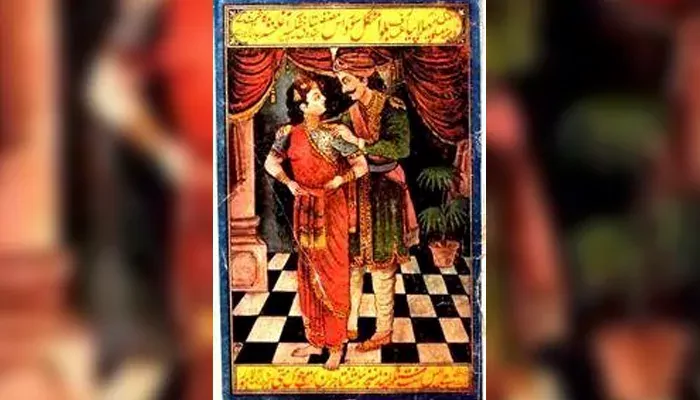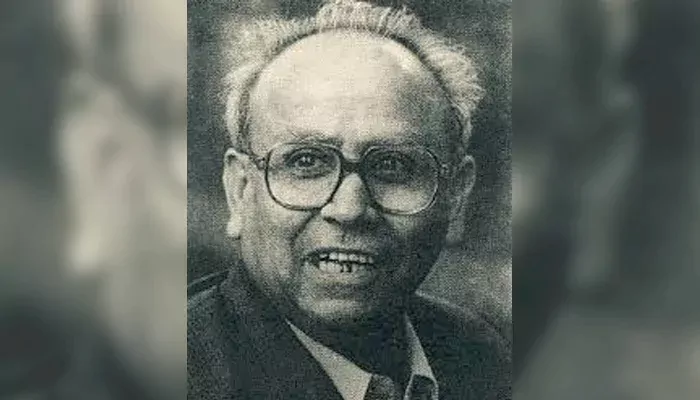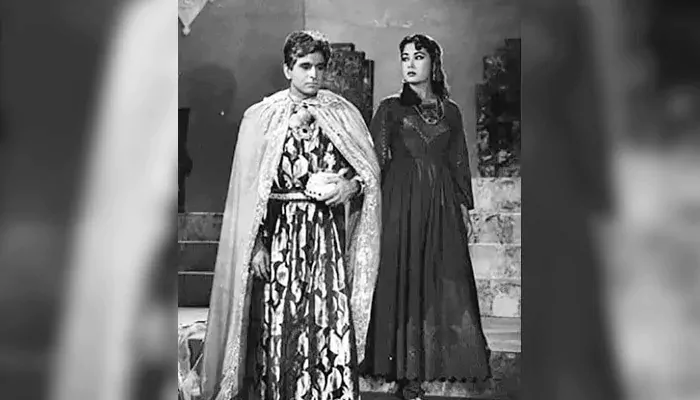
How one of India’s earliest films spoke against injustice without saying a word
In 1922, at a time when India was still chained under British rule, cinema was emerging as a silent yet powerful medium of expression. Khwab-e-Hasti, translated as "The Dream of Existence," was one of the earliest Indian films to speak out against authority. However, it did not do so through slogans or speeches. It used allegory, symbolism, and dreams to challenge injustice. In a colonial system that censored direct criticism, this film carved a subtle but significant path of resistance.
The early 20th century was not kind to Indian filmmakers who dared to reflect the country's political unrest. The Cinematograph Act of 1918 gave sweeping powers to British censors. Films that hinted at rebellion or national pride were promptly edited or banned. Even the mythological Bhakta Vidur (1921) was banned in several provinces for its supposed resemblance to Mahatma Gandhi.
Against this backdrop, Khwab-e-Hasti arrived. It didn’t name the British. It didn’t show revolt. Instead, it crafted a world of fantasy where good and evil clashed in metaphorical form. It allowed viewers to draw their own conclusions—and many did.

The film was inspired by a play of the same name written by Agha Hashar Kashmiri, often hailed as the "Shakespeare of Urdu literature." Known for his poetic dramas and adaptations of Western classics, Kashmiri brought themes of fate, power, and downfall to Indian audiences. Khwab-e-Hasti, though rooted in fantasy, borrowed elements from tragedy—perhaps even Shakespeare’s Macbeth—to tell its tale.
The transition from stage to screen maintained that lyrical quality. In the absence of spoken dialogue, intertitles carried poetic lines, while expressions and gestures did the rest. The result was a silent film that still managed to speak volumes.
The film's story remains largely undocumented, but film historians agree it was built around symbolic characters—rulers, rebels, prophets, and dreamers. Viewers of the time, familiar with the metaphorical language of theatre and poetry, could read between the lines. A tyrant on screen could be a stand-in for colonial rulers. A suffering subject might represent India itself.
By telling a tale of justice through dreams and illusions, the film cleverly escaped censorship. It did not directly oppose the British, but its message was unmistakable to those who watched with understanding eyes.

Khwab-e-Hasti belonged to the genre of costume dramas, popular in Indian silent cinema. Lavish sets, royal costumes, and myth-inspired visuals gave it grandeur. The influence of Parsi theatre and Urdu poetry was evident in its aesthetic. It was a spectacle—designed to entertain, but also to inspire reflection.
This film was made at a time when Indian filmmakers were experimenting with a unique cinematic language, blending local storytelling with global techniques. Khwab-e-Hasti stood at this crossroad.
Like most silent films of its time, Khwab-e-Hasti has not survived. No known prints exist today. But its reputation lives on in archives and scholarship. It is cited as a milestone in the evolution of Indian political cinema—not because it was loud, but because it was quiet and clever.
It laid the groundwork for future filmmakers who would use art, myth, and metaphor to speak against oppression.
In the history of Indian cinema, Khwab-e-Hasti is a reminder that resistance doesn’t always roar—it sometimes whispers. Through poetic storytelling and symbolic courage, it turned cinema into a dream that questioned reality. A century later, that dream still matters.